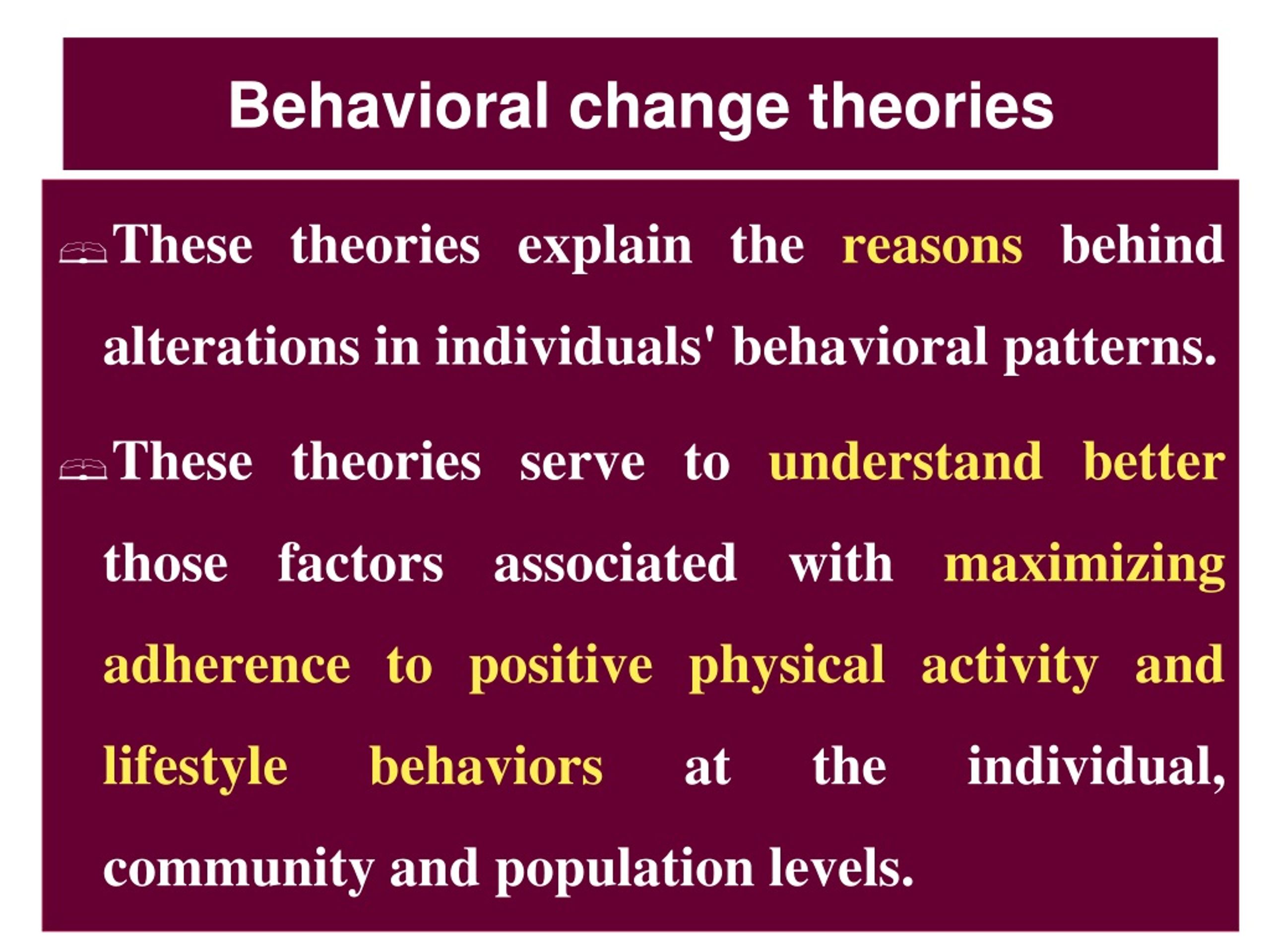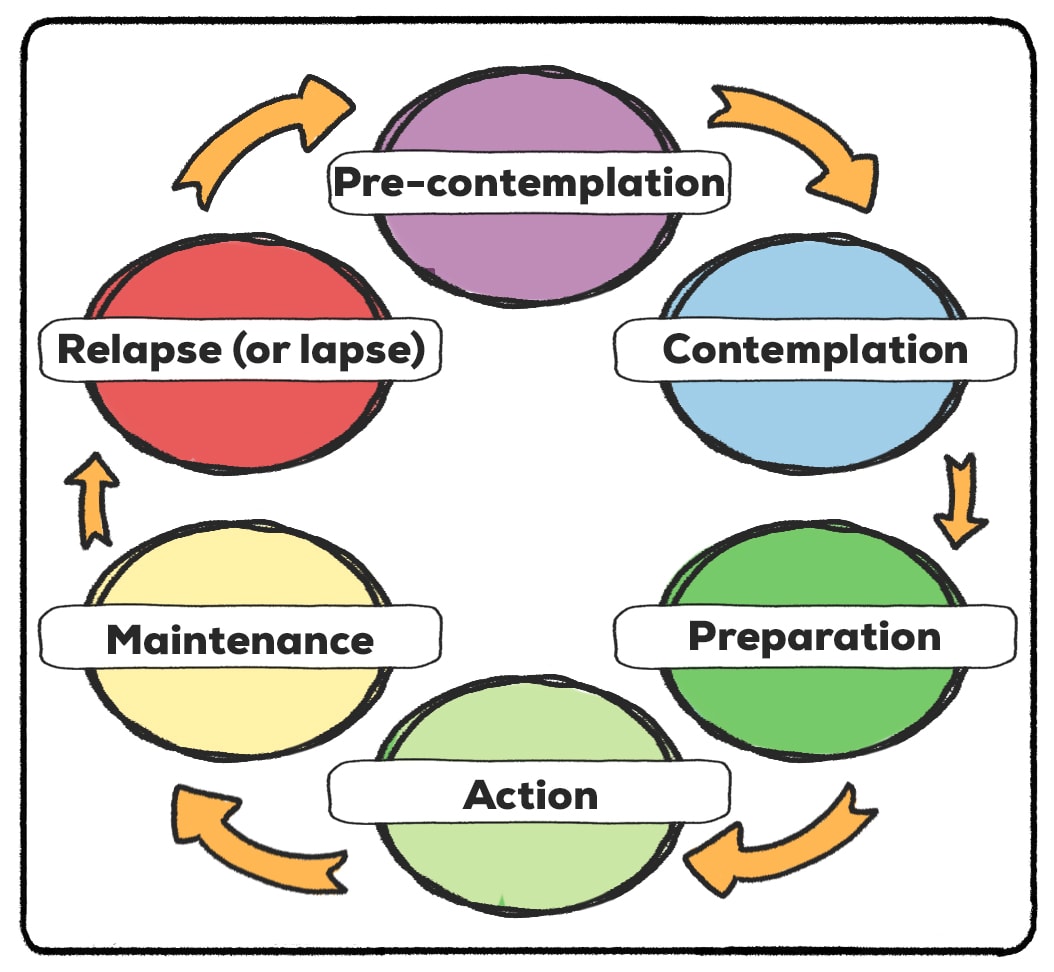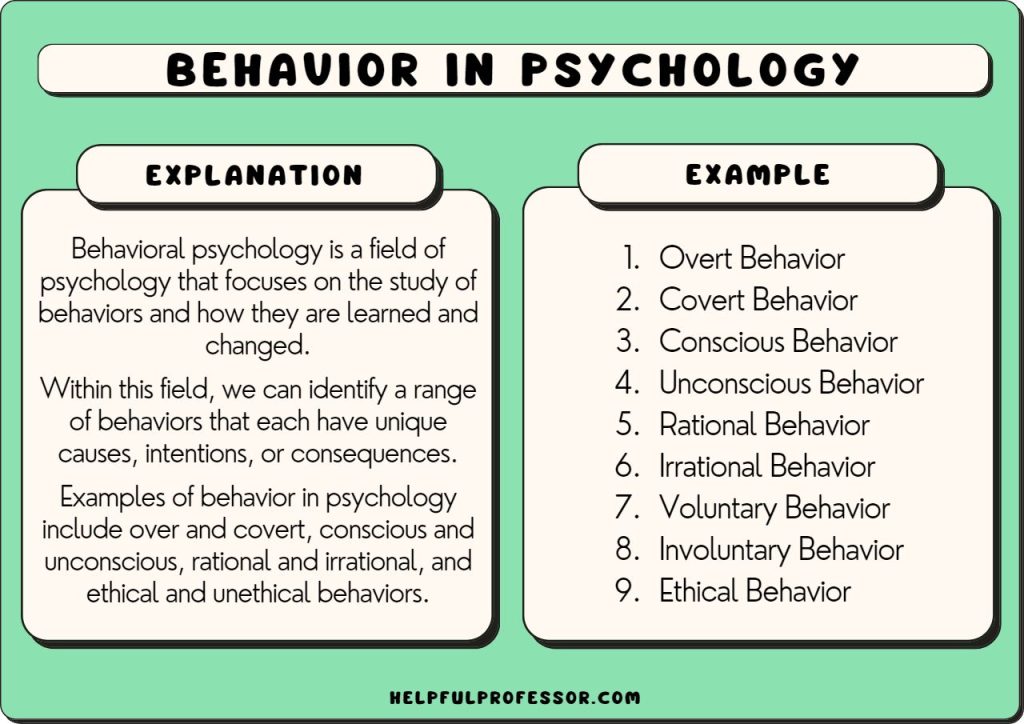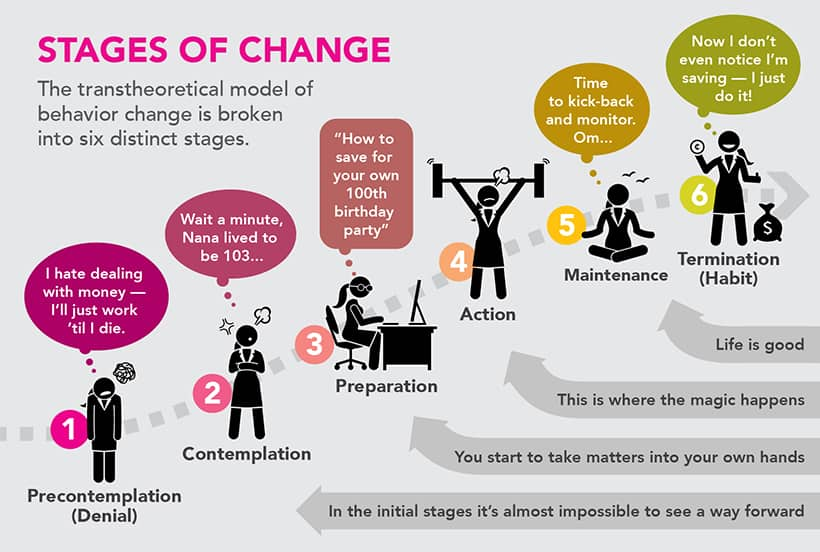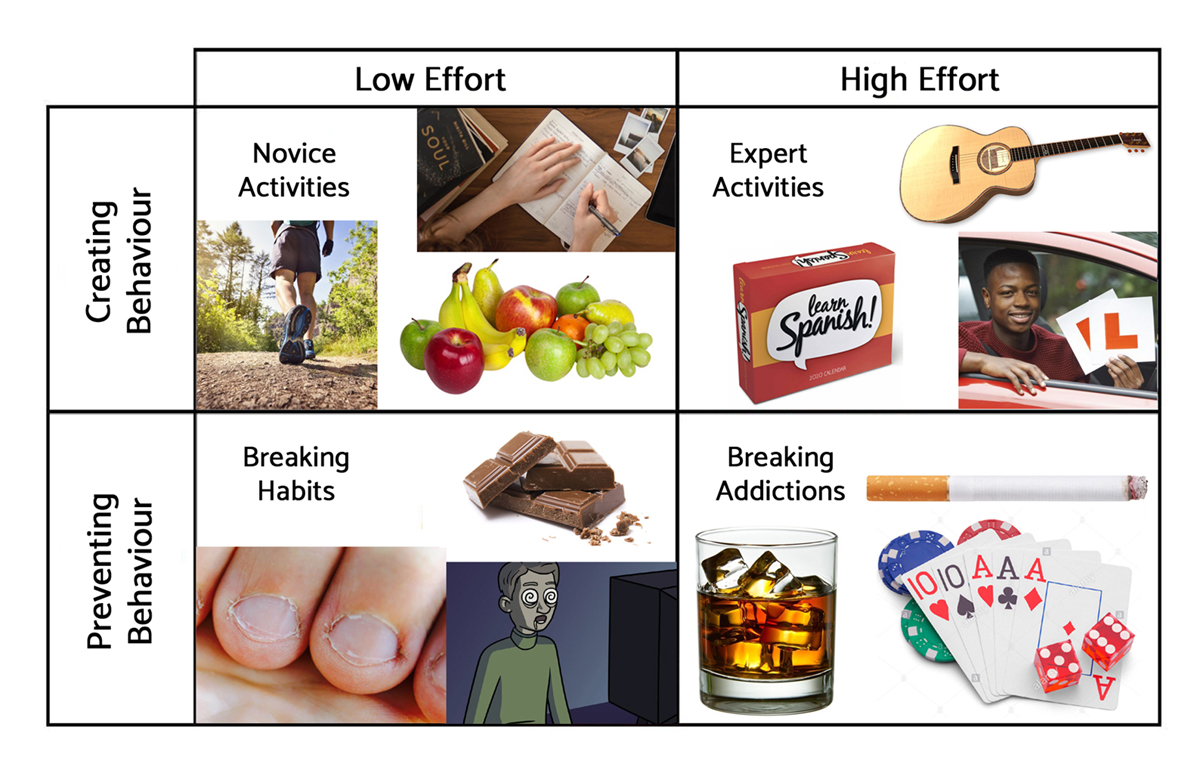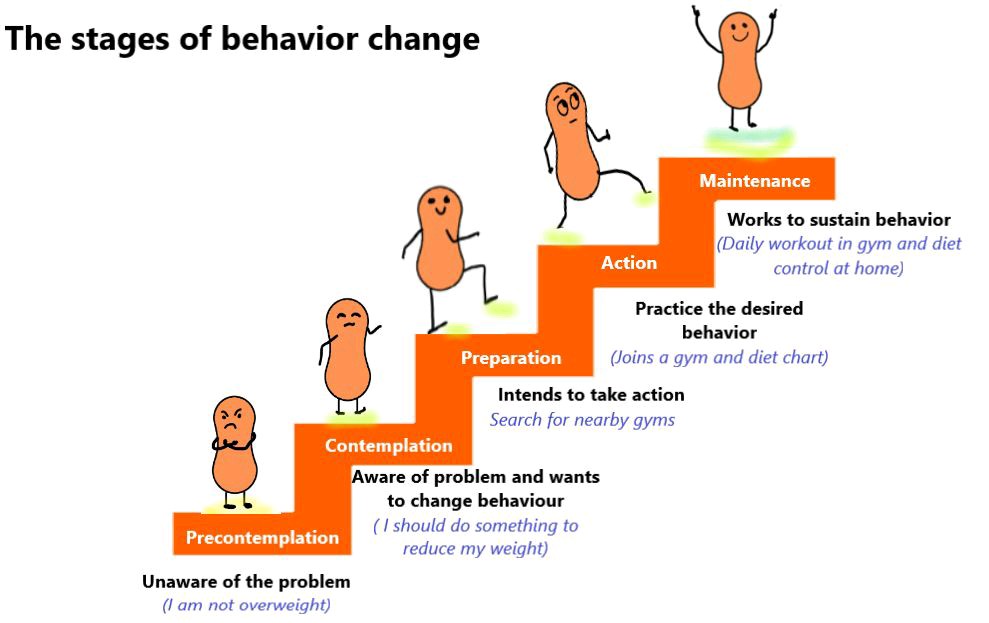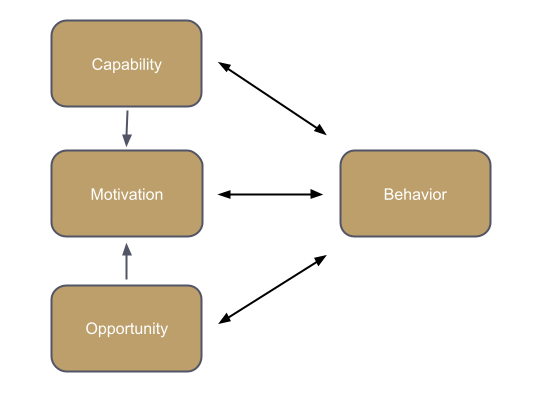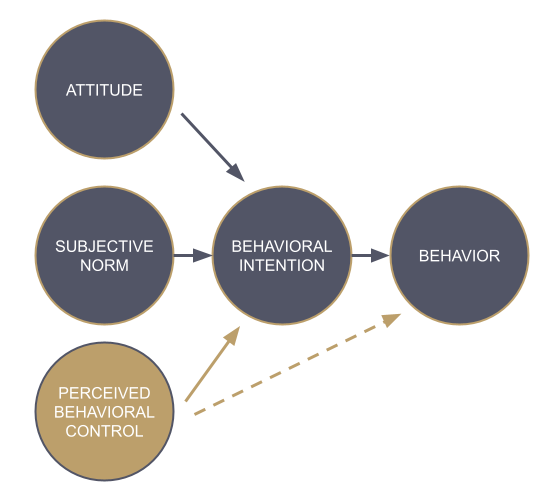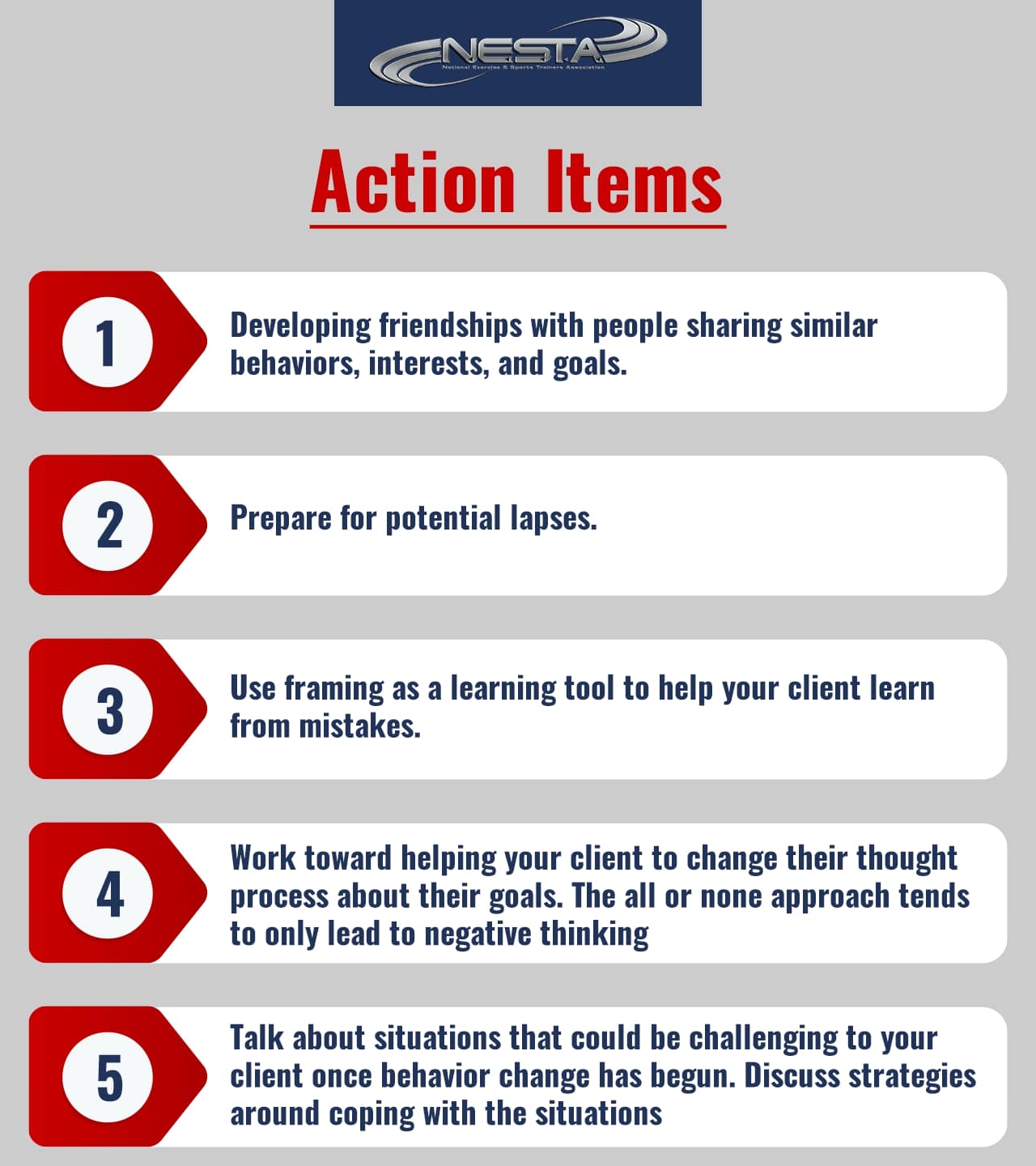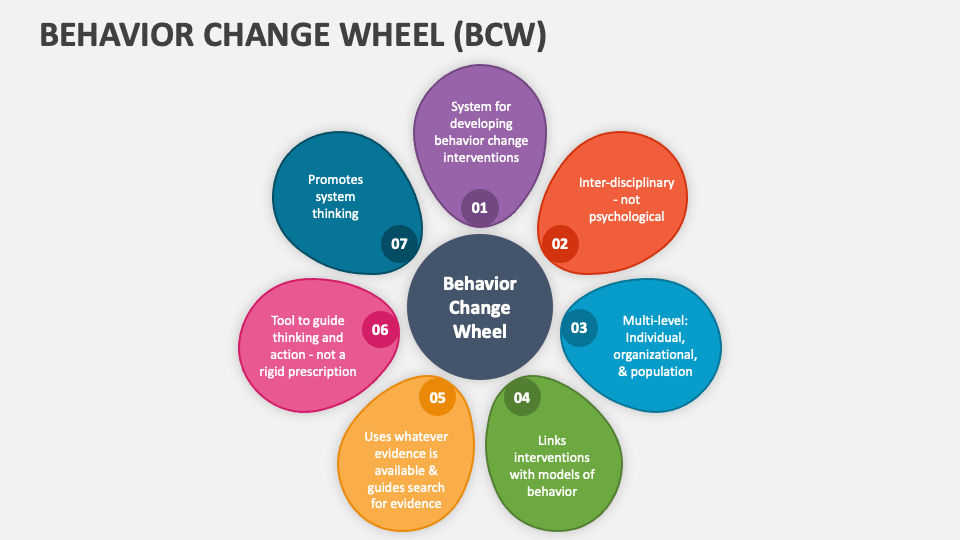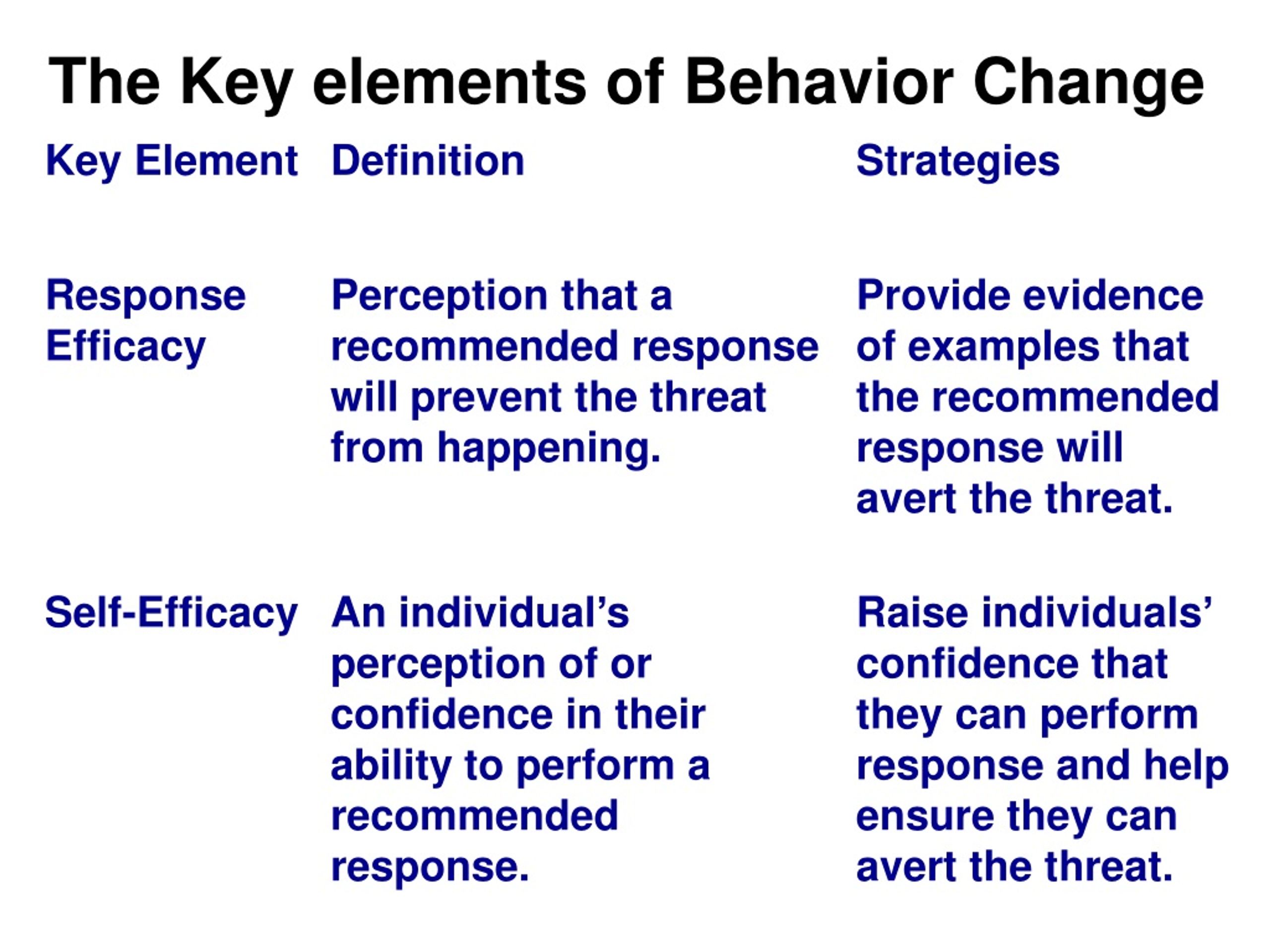Which Of The Following Is True Of Behavioral Change
:max_bytes(150000):strip_icc()/the-stages-of-change-2794868-7349fcb2028c4b6d9e8ecdd73b677620.png)
The quest to understand and implement lasting behavioral change is a cornerstone of public health initiatives, therapeutic interventions, and personal development endeavors. Yet, the landscape of behavioral science is often riddled with misconceptions and oversimplified models. Understanding what truly drives and sustains altered behavior is paramount to achieving meaningful outcomes, whether it's curbing addiction, promoting healthier lifestyles, or fostering more sustainable environmental practices.
This article delves into the core principles governing behavioral change, dissecting various theories and evidence-based strategies. We aim to clarify common misunderstandings and shed light on the complexities inherent in transforming ingrained habits and beliefs. Our exploration will focus on identifying verifiable truths, separating them from popular myths, and providing a comprehensive overview of what truly works when striving for lasting behavioral modification.
The Multifaceted Nature of Change
Behavioral change is rarely a simple, linear process. It's a complex interplay of individual motivations, social influences, and environmental factors. Effective interventions must address all these elements to achieve lasting results.
The Role of Motivation and Readiness
One of the fundamental truths is that motivation is a key predictor of successful change. Individuals must genuinely want to alter their behavior, and this desire must be strong enough to overcome inertia and the temptations of familiar patterns. The Transtheoretical Model, often called the Stages of Change model, highlights this by illustrating the different phases individuals go through: precontemplation, contemplation, preparation, action, maintenance, and termination.
Readiness to change is also vital. Someone in the precontemplation stage, unaware of or unwilling to address a problem, will likely resist interventions designed for those actively seeking change. Tailoring interventions to match an individual's stage of readiness is crucial for maximizing their effectiveness.
The Power of Social Influence
Humans are social creatures, and our behaviors are profoundly influenced by those around us. Social norms, peer pressure, and the modeling of behaviors by respected figures all play a significant role in shaping individual actions. This truth is underpinned by Social Cognitive Theory.
Interventions that leverage social influence, such as support groups, peer-led programs, and community-based initiatives, can be highly effective. Conversely, environments that normalize unhealthy or undesirable behaviors can undermine individual efforts to change.
Environmental Factors and Accessibility
The environment in which we live and work exerts a powerful influence on our behavior. Accessibility to healthy options, the presence of cues that trigger unwanted behaviors, and the overall design of our surroundings can all either support or hinder our efforts to change. This is where Nudge Theory comes into play.
For example, making healthy foods more readily available in schools and workplaces can promote healthier eating habits. Removing cues associated with smoking, such as ashtrays and cigarette advertising, can help individuals quit. Creating supportive and accessible environments is a critical component of successful behavioral change interventions.
Debunking Common Myths
Several misconceptions surround behavioral change, hindering the development of effective strategies. Addressing these myths is essential for a more nuanced understanding.
Myth: Information Alone is Enough
A common misconception is that simply providing people with information about the risks associated with certain behaviors will lead to change. While knowledge is important, it's rarely sufficient. Many people know that smoking is harmful, yet continue to smoke.
Information must be coupled with motivation, skills, and support to translate into action. Effective interventions incorporate strategies for building self-efficacy, addressing emotional barriers, and providing practical tools for change.
Myth: Willpower is the Key
Another pervasive myth is that behavioral change is solely a matter of willpower. While willpower can play a role, relying on it as the primary driver of change is often unsustainable. Willpower is a finite resource that can be depleted by stress and fatigue.
Sustainable change requires creating environments and habits that support desired behaviors, rather than solely relying on willpower to overcome temptations. Techniques like habit stacking and commitment devices can be valuable alternatives.
Myth: Change is a One-Time Event
Behavioral change is often portrayed as a discrete event – a decision made and then executed flawlessly. In reality, it's an ongoing process involving setbacks, relapses, and adjustments. The Stages of Change Model explicitly acknowledges this cyclical nature.
Relapse is a normal part of the process, and individuals should be prepared for it. Interventions should focus on building resilience, developing coping mechanisms for dealing with setbacks, and fostering a sense of self-compassion.
Evidence-Based Strategies
Several evidence-based strategies have been shown to be effective in promoting behavioral change. These approaches are grounded in scientific research and have been rigorously tested. Cognitive Behavioral Therapy, or CBT, is one example.
Cognitive Behavioral Therapy (CBT)
CBT focuses on identifying and modifying negative thought patterns and behaviors that contribute to unwanted actions. It helps individuals develop coping mechanisms, problem-solving skills, and a more positive self-image. CBT has been shown to be effective for a wide range of issues, including addiction, anxiety, and depression.
A core principle of CBT is that thoughts, feelings, and behaviors are interconnected. By changing negative thought patterns, individuals can alter their feelings and ultimately their behaviors.
Motivational Interviewing (MI)
Motivational Interviewing (MI) is a client-centered approach that focuses on enhancing intrinsic motivation to change. It involves exploring ambivalence, eliciting the client's own reasons for change, and building self-efficacy. MI is particularly useful for individuals who are uncertain about making a change or who have previously resisted interventions.
Key elements of MI include expressing empathy, developing discrepancy between current behavior and desired goals, avoiding argumentation, rolling with resistance, and supporting self-efficacy. MI practitioners guide individuals towards making their own decisions about change rather than imposing solutions.
Implementation Intentions
Implementation intentions are specific plans that link a desired behavior to a particular situation. For example, "If I feel stressed, then I will take a 10-minute walk." This approach helps automate behavior by creating a strong association between a cue and a response.
Research has shown that implementation intentions can be effective in promoting a variety of healthy behaviors, including exercise, healthy eating, and medication adherence. The specificity of the plan helps overcome the intention-behavior gap.
Looking Ahead
The field of behavioral science is constantly evolving, with new research emerging all the time. Future directions include a greater emphasis on personalized interventions, the use of technology to deliver interventions at scale, and a more holistic understanding of the factors that influence behavior. Harnessing technology is a great example.
Technological advancements offer opportunities to create personalized interventions tailored to individual needs and preferences. Mobile apps, wearable devices, and online platforms can provide real-time feedback, support, and motivation. However, ethical considerations and data privacy must be carefully addressed.
Ultimately, successful behavioral change requires a combination of scientific knowledge, practical skills, and a deep understanding of human nature. By embracing evidence-based strategies and debunking common myths, we can create more effective interventions that empower individuals to live healthier, happier, and more fulfilling lives. Recognizing the complexities and nuances inherent in the process is key to achieving lasting and meaningful transformations.


